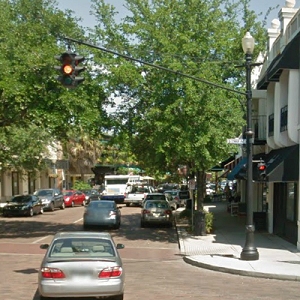Please note:
This feature discusses preserving and modernizing vintage street light circuits. The information sheet on converting an individual series street light to 110 volts for use as an individual lamp or on a multiple circuit can be found at
How to Safely Wire a High Voltage Series Street Light for 110 Volt Use.
There are various reasons for preserving historic street lighting systems that range from aesthetics - preserving the look of an historic district, to economics - tremendous costs associated with replacing underground series circuits. However the comparative inefficiency of incandescent lighting coupled with the high cost and dwindling supply of incandescent lamps and hardware can make operating these old systems problematic.
The same can be said for 175 watt and 400 watt mercury vapor systems. Relamping and replacement parts are becoming challenging issues.
Art deco luminaires from 1936 converted to HPS, Caldecott Tunnel, Orinda, CA.
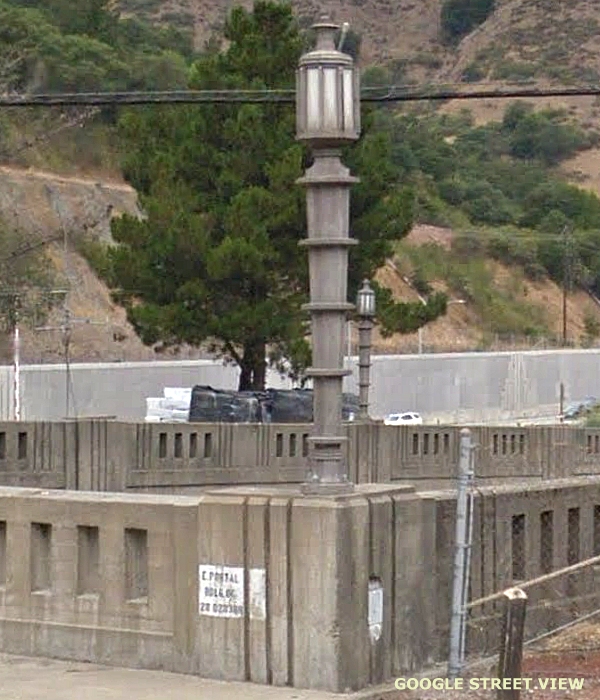
So what are the available options when an historic system is becoming difficult to relamp and expensive to operate, while at the same time conversion to more efficient technology may be cost-prohibitive or run afoul of preserving a required historic look? When an entire roadway infrastructure is being replaced, installing higher efficiency vintage looking luminaires may be practical. However in too many instances old circuits lie under roadways that aren't going to undergo complete reconstruction and the funds to install new lighting circuits and luminaires need to be spent on higher priorities.
Four issues should be looked into when considering extending the service lives of existing historic luminaires and systems and determining whether luminaire upgrading or entire circuit replacement is more practical.
Historical Significance.
Do the existing luminaires contribute to the historical look of a particular district, especially in districts in which the "historic look" contributes to local merchant success and/or an overall quality of life? Well-preserved and attractive historic districts can attract customers to local businesses and thus help support economic vitality and tax bases.
Reliability.
Is the lighting circuit itself reliable and relatively maintenance free and are the luminaires relatively maintenance free except for excessive relamping required for incandescent lamps? Many well constructed underground series circuits can give 20 or more years of additional reliable service, and the efficiency of these circuits can be affordably improved.
Optics.
Do current optics properly serve the district? Many older systems were designed to operate at lower intensities, providing "soft" light to illuminate roadways, sidewalks and storefronts. Is lamp spacing and intensity adequate, or would moderately increasing intensity improve conditions without generating undesirable "trespassing" light?
Economics.
Are there funds available to completely replace underground circuits and luminaires, or is it prudent to preserve existing systems until a major multi-element roadway infrastructure replacement is scheduled? In many cases it may be far more cost-effective to make an existing circuit more economical to operate and postpone major costly and disruptive circuit upgrades until the entire roadbed is being rebuilt.
Historic series luminaires on Caledonia St., Sausalito, CA.
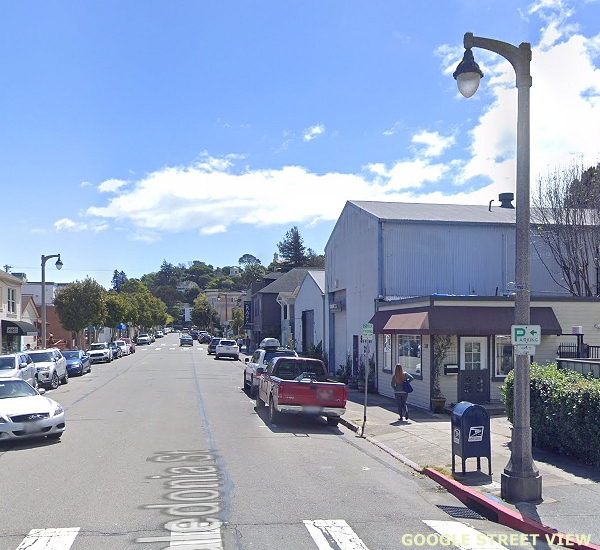
Sectional glass post top with reflector canopy.
South San Rafael Avenue, Pasadena, CA.
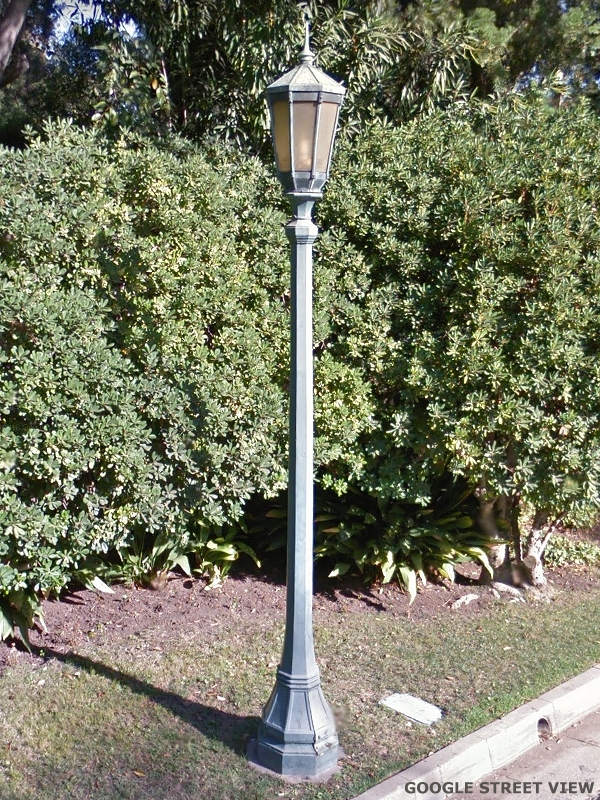
In other instances it may desirable to preserve an historic look in order to preserve the character of a street or district as well as maintain an ambiance that serves to enhance the visitor and tourist trade.
Piper's Opera House, Comstock National Historic District, Virginia City, NV.
Low intensity HPS reproduction gas lamps in front. A radial wave converted to 110v over alley on left.
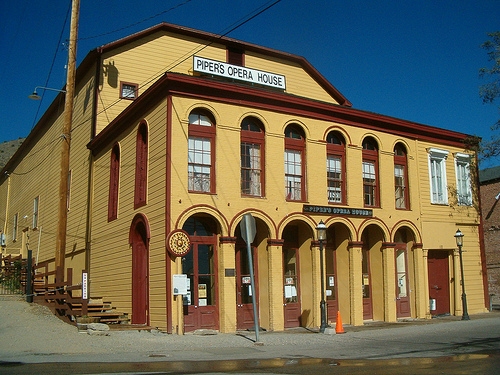
If you have comments, see an error or think of something that should be added to this section, please
Email me.
